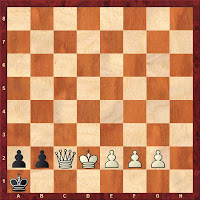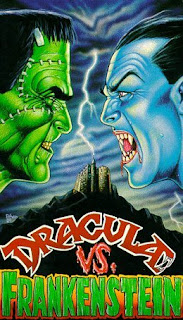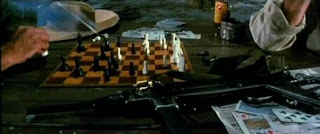Well-crafted chess puzzles have this uncanny knack of driving your mind crazy. Every chess
lover is familiar with that helpless feeling when the elusive solution seems
just around the corner only to evade us again and again.
Sometimes when you can’t solve a chess problem you get so exasperated
that you just feel like climbing up a staircase and jump from the top.
Following creative chess problem composed by B S Barrett in 1874 can be solved
by doing exactly that. To be more accurate, the maneuvering of the white queen
strongly resembles climbing a staircase and jumping off the top.
 |
| WHITE TO PLAY & MATE IN 12 MOVES |


















